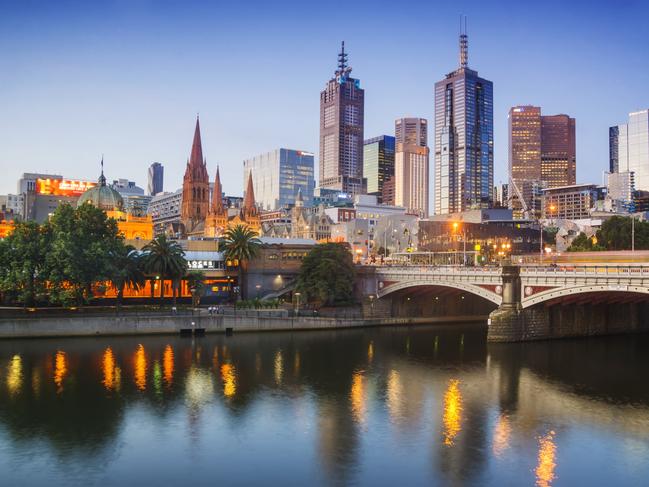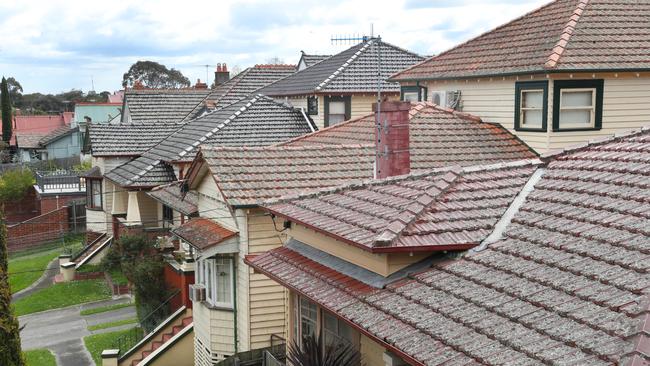Distressed property sales are starting to rise with Victoria leading the pack
Higher for longer interest rates have triggered a rebound in distressed sales, with Victoria leading the pack.

Distressed property sales have rebounded across the major cities as the soaring cost of living combines with higher for longer interest rates.
With the RBA choosing to keep rates on hold again this week, the pressures triggering the lift in distressed property sales activity is now expected to persist into the new year. A factor that will weigh against any broader rebound of home prices in Sydney and Melbourne.
The worst area for distressed property sales is inner city Melbourne – Victorian residential prices have been falling since mid-year and are the weakest in the national market.
“The bulk of distressed listings are being recording in the inner city Melbourne apartment market,” says Louis Christopher at SQM Research.
“We had a difficult period a few years ago as we entered Covid – but then the figures became obscured when the banks put a moratorium on residential property loans – that’s all over now, banks are playing hardball,” Mr Christopher said.

According to the SQM, the number of distressed properties for sale across Victoria and NSW is now the highest since the group began collecting distressed property data in 2020. The total in Melbourne lifted by 15.4 per cent over the 12 months, while on an annual basis Sydney was flat.
“More recently, we are also seeing a jump in distressed sales in some inner suburbs of Sydney and also in development suburbs, notably the Carlingford area in NSW,” he said.
Distressed property sales are also on the rise in Canberra – in fact, the nation’s capital had the largest monthly increase, with distressed listings jumping by 33 per cent over the month of October.
Meanwhile, the strong residential markets of Brisbane, Perth and Adelaide are showing numbers closer to the long term average.
However, with around 60 per cent of the national housing stock in the two larger cities, Melbourne and Sydney are setting the pace.
A distressed property is where the owner ‘must sell’ due to a range of factors, including deceased estates and insolvencies.
As a rule, distressed property sales will drift higher in tandem with a lift in total property listings.
In a related development, the number of ‘old listing’ across the metropolitan markets of Sydney and Melbourne is also on the rise.
Total Australian residential listings have lifted by 7 per cent, but sales defined as ‘old listings’ have now hit a cumulative total of 74,000 residential properties in this category.
Similarly, the number of residential properties on the market for 30 to 90 days is up 23 per cent over the last month.
Inside the property market, analysts are already using the monthly data to forecast price falls for the two biggest cities in 2025 with declines ranging between 1 per cent and 5 per cent.
Despite the deterioration, there is little significant evidence of property weakness showing up in bank results just yet.
The latest CBA results showed only a very modest uptick in 90 days arrears – a key gauge of borrower sentiment. At the nation’s biggest lender, 90 day arrears increased to 0.65 per cent at June 2024 from 0.47 per cent, which is close to the historical average.
However, arrears for owner occupiers are markedly higher than for investors.





To join the conversation, please log in. Don't have an account? Register
Join the conversation, you are commenting as Logout